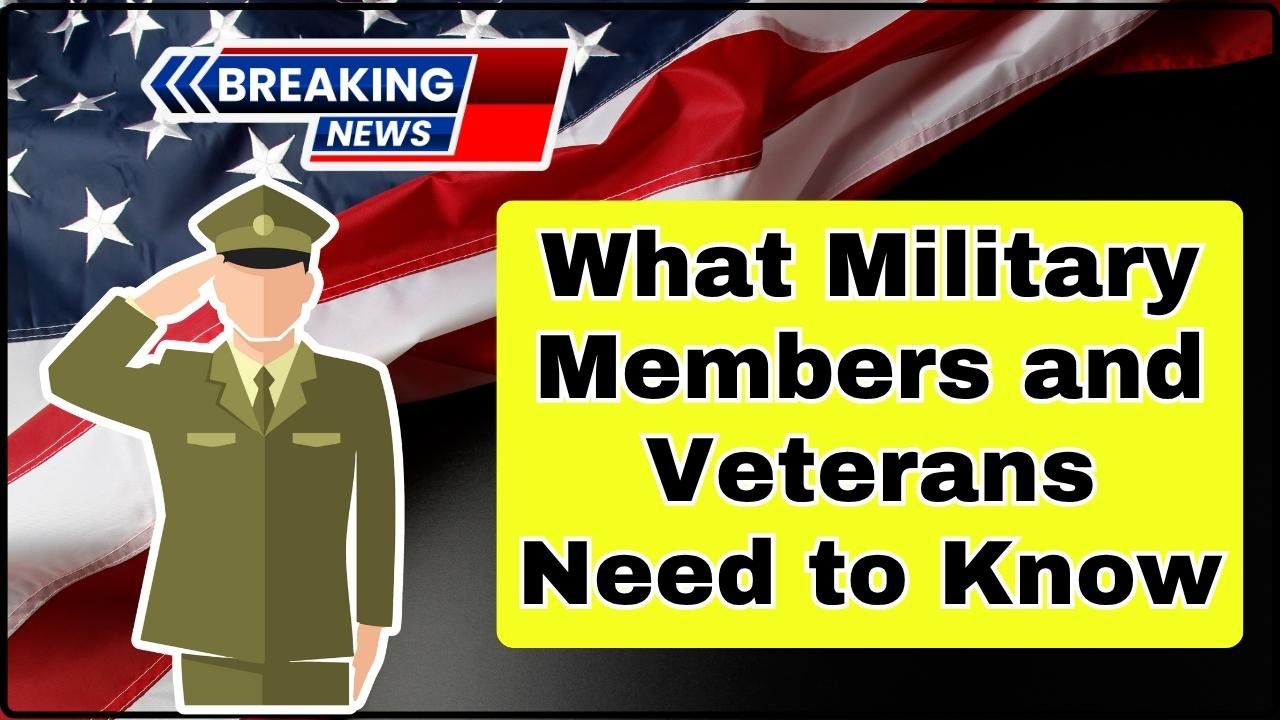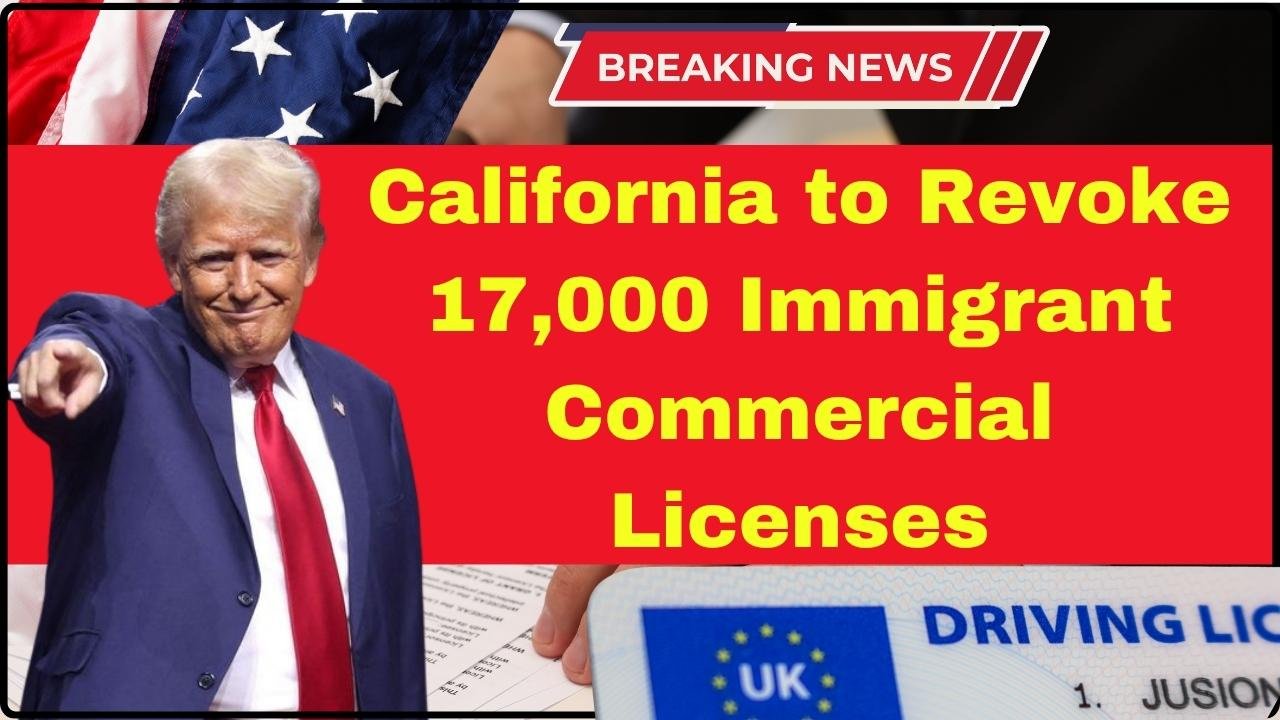
Visa and Mastercard Legal Settlement: Hey there! If you’re holding a credit card or running a business that accepts Visa or Mastercard, you’ve probably heard about the huge $30 billion legal settlement these giants just agreed to. This deal isn’t just some corporate mumbo jumbo; it’s got real impact on what you pay, what cards stores accept, and how rewards might change. Let’s break down what’s happening in plain English, and what it means for everyday folks and businesses alike. When we talk about the Visa and Mastercard legal settlement, what we really mean is a truce after nearly 20 years of disagreements between these companies and merchants over those pesky “swipe fees” charged on credit card transactions. These fees, officially called interchange fees, are what merchants pay every time you buy something with a Visa or Mastercard credit card.
Visa and Mastercard Legal Settlement
The $30 billion Visa and Mastercard settlement signals a fundamental shift in how credit card fees and merchant rights work in the U.S. Consumers and merchants face trade-offs: lower merchant fees and more control versus potential rewards changes and surcharges. Staying informed helps you navigate these changes smartly, whether you’re buying or selling.
| Key Highlights | Details |
|---|---|
| Settlement Amount | $30 billion over 5 years |
| Fee Reduction | Swipe fees cut by ~0.1% (from ~2.35% average) |
| Merchant Rights | Can reject certain expensive cards, surcharge allowed |
| Effect on Rewards | Potential changes or reductions in credit card rewards programs |
| Timeline | Deal expected to shape payment rules through 2033 |
| Official Info | Visa Official Site / Mastercard Official Site |
What Are Swipe Fees, Anyway?
Swipe fees are the charges merchants pay to accept your credit card. Imagine you buy a sandwich for $10. The sandwich shop might have to pay around 2% to 2.5% (about 20-25 cents) of that $10 to Visa, Mastercard, and your card-issuing bank. These fees add up big-time for businesses, especially small ones with thin profit margins.
Now, these fees don’t just disappear; a chunk helps banks offer those sweet rewards like cashback, travel points, or airline miles you love. But merchants say these fees have gotten way out of hand, and credit card companies and banks haven’t been flexible about lowering them. Some retailers have been forced to raise prices or cut other costs just to cover these fees.
The situation is more complicated, though. These interchange fees help keep the credit card system secure and fraud-protected. Banks use fee revenue to invest in technology that protects you during online and in-person transactions. So while merchants want lower fees, cutting them too much could slow innovation and reduce cardholder protections.
The Long History of Interchange Fees
Interchange fees have been around since the 1970s when Visa’s predecessor, BankAmericard, and Mastercard launched their competing payment networks. Initially, these fees were around 1.95%, but they’ve evolved through decades depending on market conditions, regulatory actions, and technological upgrades, now typically ranging between 1% to 3% per transaction.
These fees changed several times, responding to inflation, fraud prevention needs, and competition among banks. But unlike many business costs, swipe fees are passed directly onto merchants, who often have little choice but to pay.
By 2023, American merchants paid over $100 billion in interchange fees annually, a record high that has squeezed margins, especially for small and medium-sized businesses. Many merchants have argued these fees reflect a duopoly controlling an essential part of the economy, limiting competition and inflating costs unfairly for decades.
Why Did Visa and Mastercard Legal Settlement Happen?
With merchants growing tired of paying escalating fees, lawsuits and regulatory investigations piled up over the last 20 years. The core complaint centered on Visa and Mastercard’s “honor all cards” rule, which forced merchants to accept all types of cards from the networks, even those with high interchange fees, including premium rewards cards.
After intense negotiations, Visa and Mastercard agreed to:
- Reduce average swipe fees by about 0.1 percentage points, from roughly 2.35% to around 2.25%, which saves merchants roughly $30 billion over five years.
- Allow merchants to reject certain premium cards that carry higher fees—meaning stores can block the highest-cost cards if they choose.
- Permit merchants to apply surcharges of up to 3% on certain high-cost credit cards, enabling businesses to shift those fees back to consumers who use premium rewards cards.
- Allow merchants to offer discounts for cheaper payment methods like debit cards or cash, encouraging cost-saving consumer behavior.
This change is huge since it introduces flexibility that merchants haven’t had before, potentially reducing the financial pressure on stores and creating a more transparent payment marketplace.

How This Affects You at the Checkout Line?
Here’s the real scoop for shoppers:
You Might See Surcharges or Declined Cards
If you’re flashing a high-end Visa Infinite or World Elite Mastercard card, some stores might decline those cards or slap an extra fee on your purchase. This means the price you pay might go up if you insist on using one of those premium cards.
Rewards Programs Could Shift
Banks are likely to adjust their rewards programs because reduced fee revenue means less incentive to offer massive cashback or travel perks. Don’t be surprised if some credit card issuers reduce rewards on their top-tier cards or raise annual fees.
More Transparent Pricing
On the flip side, many stores will offer discounts if you pay with cheaper cards or cash. This rewards savvy shoppers who choose their payment methods wisely and could save you money in the long run.
What Merchants Should Know?
For merchants, especially small business owners, this deal brings significant benefits:
- Slightly lower swipe fees help businesses save millions annually.
- The ability to reject premium, expensive cards gives merchants control over their cost structure.
- Merchants can apply surcharges on costly cards to cover fees, reducing pain points from steep interchange fees.
- The settlement funds education programs to help merchants understand and implement new rules effectively.
This flexibility lets merchants experiment with pricing without damaging their customer relations. Well-informed merchants can pass savings to customers or invest in better service and quality.
Why Are Banks and Issuers Concerned?
Banks and card issuers like JPMorgan Chase & Co., Bank of America, and Citigroup rely heavily on interchange fees as a revenue stream. With merchant pushback and fee reductions, banks face pressure to rethink issuers’ business models.
Many banks may reduce rewards programs or increase fees elsewhere. Consumers could see reduced cardholder benefits or higher card interest rates as banks adjust. However, banks might also speed up innovation to entice consumers with other benefits unrelated to traditional fees.
How This Settlement Fits Into the Bigger Picture of Payment Industry Changes
This settlement arrives during a time of fast change in payments technology. Digital wallets, cryptocurrencies, buy-now-pay-later programs, and other fintech innovations are reshaping the landscape.
The $30 billion deal is a sign that traditional card networks face serious calls for competition and regulation. The settlement could encourage innovation in fee structures, promote transparency, and serve as a wake-up call for Visa and Mastercard to evolve their offerings.
The Impact on E-Commerce and Small Businesses
Online sellers and small businesses stand to gain from this agreement with less financial burden from expensive interchange fees. This might help them lower prices or reinvest in e-commerce infrastructure like faster delivery, better websites, or enhanced customer support.
For consumers, this can translate into more competitive pricing and better shopping experiences on small business platforms — a win for local economy advocates.

Additional Considerations: Previous Class Action Settlement Payments
Besides these new terms, Visa and Mastercard also agreed to a separate class-action settlement compensating merchants who accepted their cards from 2004 to 2019. Eligible merchants can claim payouts from a fund exceeding $5 billion.
That settlement rectifies older alleged overcharging and conspiracy claims, offering merchants another round of financial relief besides the current fee reductions.
$19.5M Wells Fargo Settlement Update; Don’t Miss Your Chance to Claim Thousands
Justice Hantz Marconi Steps Back From All Cases; Still Set to Collect $111K Pension in February
IRS Announces 2026 Retirement Contribution Limits; Here’s What’s Changing for Your 401(k) and IRA
Practical Advice: What Should You Do?
For Consumers:
- Keep an eye on accepted cards and potential surcharges at stores.
- Consider using debit or basic credit cards to avoid extra fees.
- Monitor reward program changes to adjust your card usage.
For Merchants:
- Review and optimize the cards you accept for better fee management.
- Inform customers transparently about any surcharges or discounts.
- Participate in merchant education programs on the settlement benefits.
- File claims if eligible from the previous class-action settlement.






